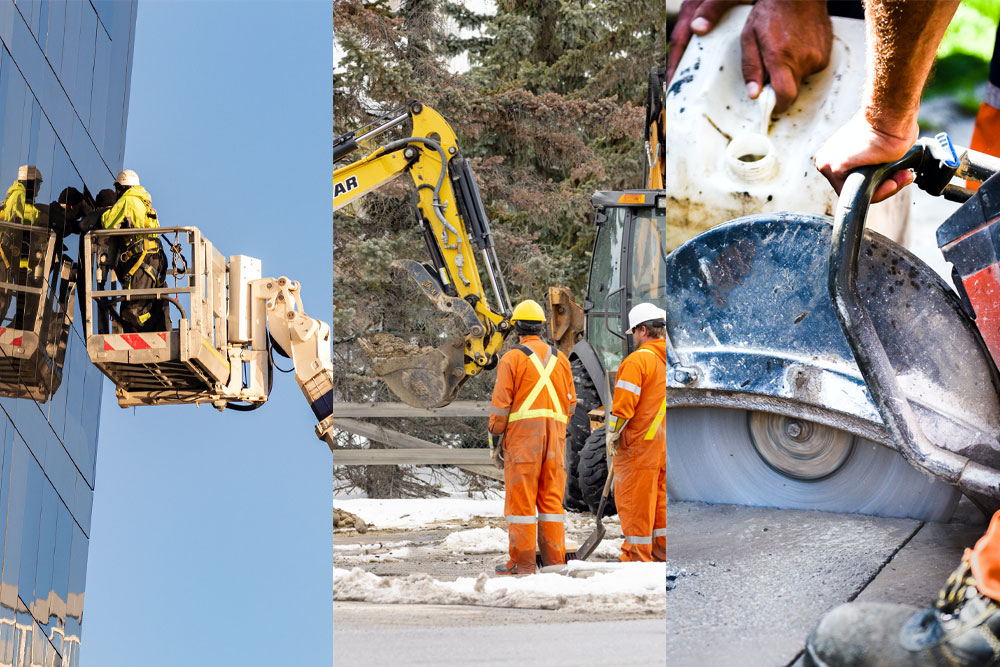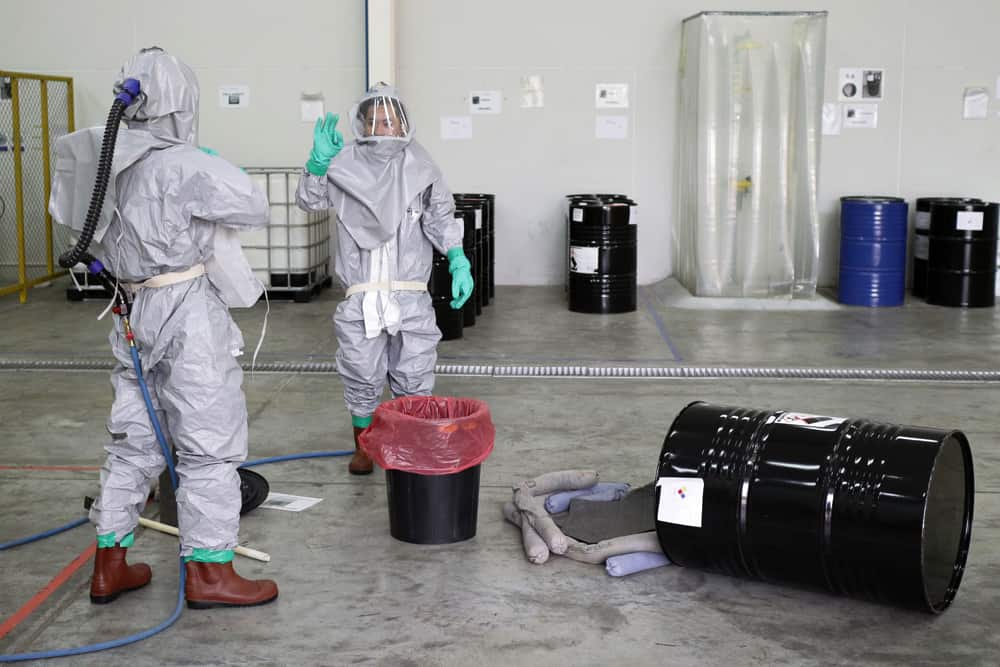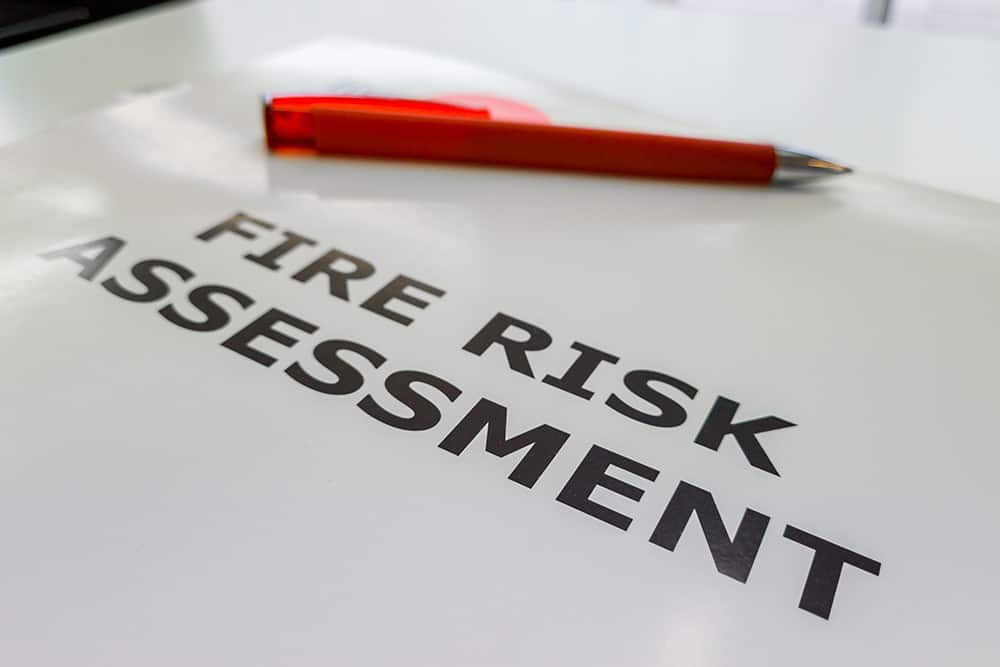
The Worker Protection Act 2024 is now fully in force. This landmark legislation places a stronger duty on employers to prevent sexual harassment, both within the workplace and in work-related settings.
To comply, you must take all “reasonable steps” to protect your staff from sexual harassment. But what’s reasonable varies from business to business. There’s no fixed strategy. You have to consider your industry, workplace, and what you’ve already done to prevent harassment.
This guide will help you determine the steps you must take to comply with the Worker Protection Act. It explains the changes and new duties brought in by the Act and how to determine what’s reasonable for your business.
Key Takeaways
- The Worker Protection Act 2024 strengthens the Equality Act 2010 and requires employers to prevent sexual harassment in the workplace and work-related settings.
- The Act introduces a “positive duty” for employers to anticipate and control risks of sexual harassment before incidents happen.
- Employers must conduct regular sexual harassment risk assessments for both their workplace and any work-related settings, such as office parties or conferences.
- Employers are required to take “reasonable steps” to prevent harassment. What’s reasonable depends on the risks, industry, and available resources.
What is the Worker Protection Act 2024?
Sexual harassment is illegal under the Equality Act 2010. The Act makes any unwanted workplace conduct of a sexual nature that violates a person’s dignity or creates an intimidating, hostile, degrading, humiliating, or offensive environment illegal.
However, the original protections offered by the Equality Act were thin. The emphasis was on responding to incidents of sexual harassment after they happened rather than preventing them. As a result, many people across the UK suffered harassment that could have been avoided with proactive measures.
In response, the government passed the Worker Protection (Amendment of Equality Act 2010) Act 2023, also known as the Worker Protection Act 2024, named for the year it came into force.
The Worker Protection Act (WPA) strengthens the Equality Act and laws around sexual harassment in the workplace. Under the WPA, employers must now take steps to prevent harassment.

What are an Employer’s Duties Under the Worker Protection Act?
HR Compliance Courses
Prevent conflict, misconduct and discrimination. Online HR compliance training helps staff understand and fulfil their legal duties. Promote professionalism and support compliance in your workplace.
Risk Assessment
Employers now have what’s known as a positive duty to prevent sexual harassment of their staff.
Essentially, you have to be proactive and anticipate where your staff face risks of sexual harassment. Any identified risks must then be eliminated or controlled.
This process is effectively a risk assessment – a careful examination of your workplace to identify hazards, evaluate the likelihood of them causing harm, and determine measures to eliminate or mitigate the risk of injury.
To comply with the Worker Protection Act, you have to apply the risk assessment process to sexual harassment. Assessments must be in place for both your workplace and any work-related settings, such as office parties or conferences.
Other Duties
To support your positive duty under the WPA, you must also:
- Develop and communicate an anti-harassment policy that details unacceptable behaviours and the procedures for reporting and addressing complaints.
- Implement effective reporting and response procedures so employees can report incidents and know complaints will be taken seriously and handled sensitively.
- Provide training so all employees understand what constitutes sexual harassment and are aware of the reporting mechanisms in place.
- Monitor and review the impact of policies and practices and make necessary adjustments.
If you don’t take these basic steps, you’re failing your positive duty. If an employee suffers harassment and brings their complaint to a tribunal, you’ll have to pay a 25% uplift on any compensation awarded. And it should be noted that compensation for sexual harassment claims is already unlimited.
How Can You Manage Sexual Harassment Risks?
Sexual harassment should be seen as any other workplace hazard. To protect staff, you need to go through a structured risk assessment process, following three stages:
- Identify sexual harassment risks
- Implement control measures
- Review and update as needed
Here’s how you can apply this process specifically to sexual harassment:
Identify Potential Risks
Start by evaluating where sexual harassment could take place. Begin by reviewing past incidents and the common risk factors.
Then, consider the physical workspace, the interactions that take place there, and staffing levels.
Widespread risks include:
- Secluded or poorly lit areas where employees might feel unsafe or isolated.
- Employees left alone with individuals who could be in a position to abuse their power or authority. This includes senior employees and customers.
- Work interactions in informal settings, such as after-hours social events or during business trips, especially if alcohol is involved.
- High-stress situations that make inappropriate behaviour more likely, such as tight deadlines or high-pressure projects.
- Departments or roles with a disproportionate number of one gender, creating potential power imbalances.
- A lack of supervision or support during customer interactions, particularly for service roles.
- Situations that could lead to coercion, such as private meetings between managers and their subordinates or salespeople trying to close a deal.
You must consider the risks of harassment from outside the organisation, such as from customers, contractors, and suppliers. Control measures should apply to these external interactions, too.

Implement Control Measures
Once you’ve identified the risks, the next step is to implement control measures to reduce or eliminate them. This involves taking steps to address the risks you’ve identified.
Consider the following measures:
- Develop a clear anti-harassment policy that defines unacceptable behaviour and the reporting process. Make sure it’s easily accessible to all staff.
- Provide regular training to employees at all levels to ensure they understand what constitutes harassment and how to report it. Managers should receive additional training on handling harassment complaints.
- Set clear expectations for work-related events and interactions with clients, contractors, or the public, making sure your zero-tolerance policy is communicated and upheld.
- Rearrange the workplace layout to eliminate secluded or isolated spaces.
- Ensure staff are supervised and supported during any unavoidable high-risk interactions.
- Establish safe and confidential reporting mechanisms so employees can report harassment without fear of retaliation.
Again, these measures should be applied to both internal and external interactions. For example, including your anti-harassment policy in client contracts or displaying it for customers helps reinforce the message and set clear boundaries.
Review and Update
Preventing sexual harassment is an ongoing process. Situations change and control measures can fall short. To ensure every risk is covered, it’s critical to review your assessment and the steps you’ve taken.
There’s no set timeline for reviews, but every 6 to 12 months is good practice.
In addition to these periodic reviews, you should revisit your risk assessments after:
- Significant changes to your workplace or operations
- Sexual harassment complaints or incidents
- Updates to legislation
What’s Considered Reasonable?
Under the Worker Protection Act 2024, employers are required to take “reasonable steps” to prevent sexual harassment.
What’s reasonable for one business won’t be for another. It depends on the risks your staff face, along with your industry, business size, and available resources.
Here’s how to approach this:
Risk Assessment and Proportionality
The steps you take should be proportional to the risks identified. For example, if your staff regularly interact with third parties in high-risk environments, such as in a customer-facing role, you’ll need to do more to comply with the WPA. Examples could include redesigning the workspace or adjusting rotas so team members never work alone.
Cost vs. Benefit
You must consider the cost of any control measure against the specific risk you’re targeting. You’re not expected to spend heavily controlling minor or rare risks.
For instance, if a risk assessment identifies a potential for harassment at infrequent work-related events, the reasonable step might be to issue clear guidelines for acceptable behaviour rather than investing in expensive situation-specific training.
Existing Policies and Procedures
If your organisation already has effective policies and procedures in place, these can be considered part of your reasonable steps. But you must ensure they cover the full range of work-related interactions.
For example, if employees regularly interact with contractors, ensure your zero-tolerance policy is communicated during the contractors’ onboarding process.
Further Guidance
The Equality and Human Rights Commission, which enforces the Equality Act, offer guidance on judging what’s reasonable for your business.
Sexual Harassment Training
Whatever you do to prevent sexual harassment, training needs to be part of it. Without a shared understanding of what constitutes harassment and why it’s illegal, employees could unknowingly cause offence or distress.
Our online Sexual Harassment Training explains what harassment is and the steps to take should they experience or witness it. The course ensures everyone knows what’s acceptable and sends a clear signal that inappropriate behaviour won’t be tolerated.
And since the course is online, it’s flexible, easy to share across your organisation, and allows employees to learn at their own pace. Plus, each user receives a digital training certificate for evidence that you’ve taken one of the most effective steps to prevent harassment in your workplace.





















